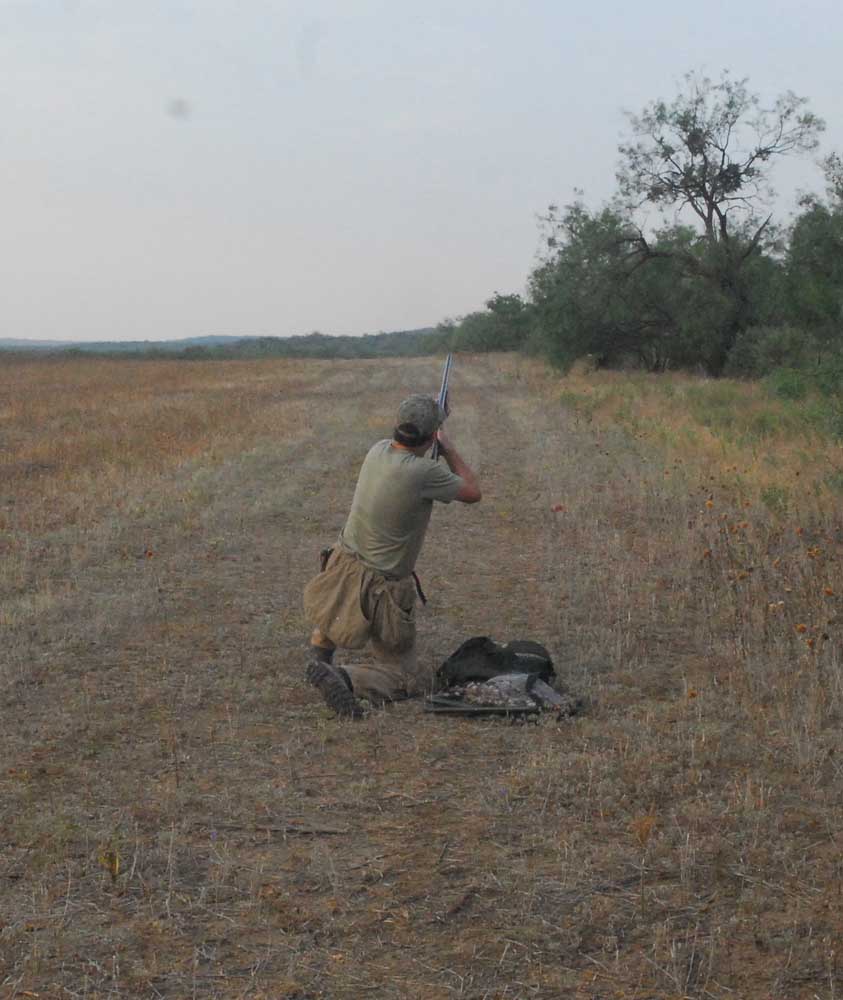Three And Out: History Of Shotgun Plugs Goes Back To 1935 And A Duck Shortage
Published 6:00 am Sunday, August 1, 2021

- Having a plug in a shotgun to restrict shell capacity is standard procedure today. Its start may have come from hunters who did not like the new pump and semi-automatic shotguns as much as for biological reasons.
With dove and the early teal season quickly approaching, and other bird seasons not far behind, hunters are starting to run down their punch list of things they will need. They are the usual things like camo, game bags, ammunition, calls and decoys, patched waders and, of course, their favorite shotgun.
The one thing that is usually not on the list but is just as important from a legal standpoint is a magazine plug for their shotgun that limits shell capacity to no more than three rounds.
Since few hunters ever take them out anymore, plugs are usually an afterthought until you are standing in a field or edge of a lake and the game warden pulls out a short hose to check magazine capacity.
Not an issue for upland hunters shooting quail, turkey and pheasant in Texas, the three-shot capacity is federal law for all migratory bird hunting nationwide. But that has not always been the case. In the early days of pump and semi-automatic shotguns, hunters could load as many shells as their gun would hold, black powder, paper hull shells, of course.
“I guess I always thought the three-shell capacity limit was included in the original Migratory Bird Treaty Act of 1918 to crack down on market hunting, and I’d always heard that three was chosen because hunters back in the day used double-barreled guns and when pumps/semis came out with bigger shell capacity, there was a compromise to keep things sporting,” said Owen Fitzsimmons, Texas Parks and Wildlife Department’s dove program leader.
Fitzsimmons recently learned that the restriction on shotgun shells actually began in 1935 at a time when there were serious concerns about declining duck numbers.
In that year the U.S. Biological Survey, the federal agency overseeing migratory bird hunting at the time, enacted its most restrictive regulations ever including a ban on sinkbox blinds, live decoys, baiting, hunting from a moving vehicle or boat and a 10-bird limit. Duck numbers were so low at the time there was even talk of closing the 1935 season, but federal officials did not think a closure could or would be enforced.
The call for plugged shotguns actually went back to the 1910s when pump and semi-automatic shotguns were first gaining popularity among hunters. The complaints came from other hunters accustomed to using double barrel and single barrel guns who felt the new guns were not sporting. According to old documents a number of hunting clubs at the time went so far as to ban pumps and semi-autos from their grounds.
As the duck population tanked in the 1930s biologists worried about the impact of guns that could hold five or six shells both on the harvest and wound-loss rate, but it was not the biggest concern. The encroachment of civilization on waterfowl habitat that led to the foundation of Ducks Unlimited in 1937 was beginning. That remains an issue today.
The ban on baiting was also an issue as biologists recognized how effective it was in the harvest of ducks. Add to that the ability to fire up to six shots in rapid succession and it is not hard to see duck harvest numbers declining.
While the restrictive rules were aimed at duck hunting, all other forms of hunting for migratory birds from dove to geese and woodcock got lumped into the rules that stand today.
Manufacturers got on board the shell restriction, developing the plug. Those who already owned a gun went the homemade route either making a plug or by cutting down the size of their magazine tube.
Over the years there has been a faint cry for elimination of the plugged shotgun restriction. The question is why? Would it make hunters more efficient or insure a better hunt?
“I can certainly see the utility of having more than three shells in certain situations, like when you have a big flight of geese moving low and slow, but for all the smaller, quicker birds I can’t imagine that a few extra shells will help all that much,” said Fitzsimmons, noting that an unplugged gun is legal during the late Light Geese Conservation season.
“I rarely fire a third shot anyway, much less a fourth or fifth so I don’t know that the three-shot limit really prevents more harvest for the average shooter. On the ethical side, it helps prevent wounding birds with long follow-up shots or keep from losing birds because you have too many down at one time.”
Looking back restrictive limits, the abolition of live decoys and sinkbox blinds probably were more effective than the three-shell regulation. And while the three-shell regulation may have been more social than biological there really is not a need to change it.
“Personally, I see great value in the rule from the ethical standpoint. Like my dad always said, if you can’t hit them with the first two, you probably shouldn’t fire that third one,” Fitzsimmons said.







